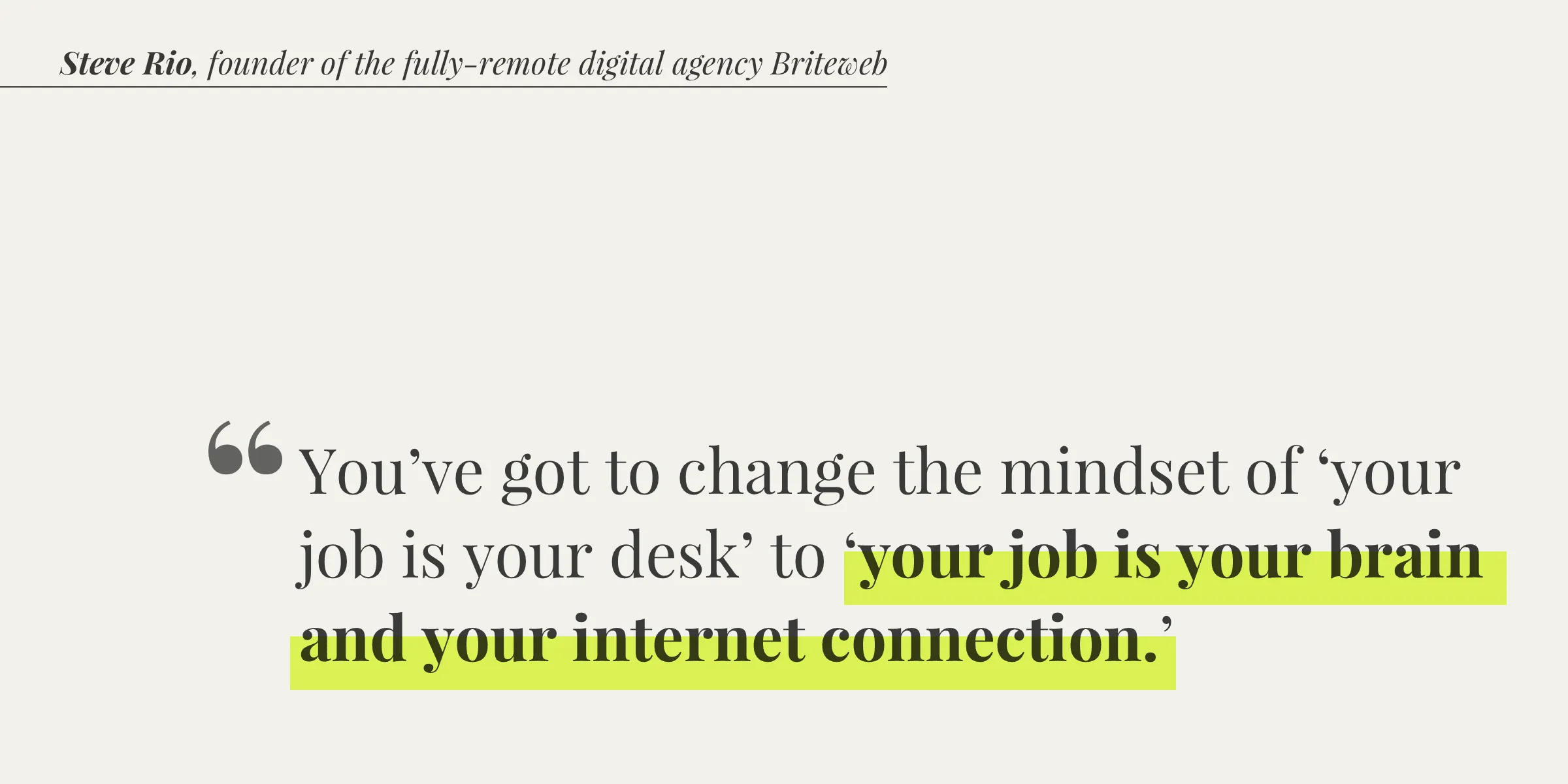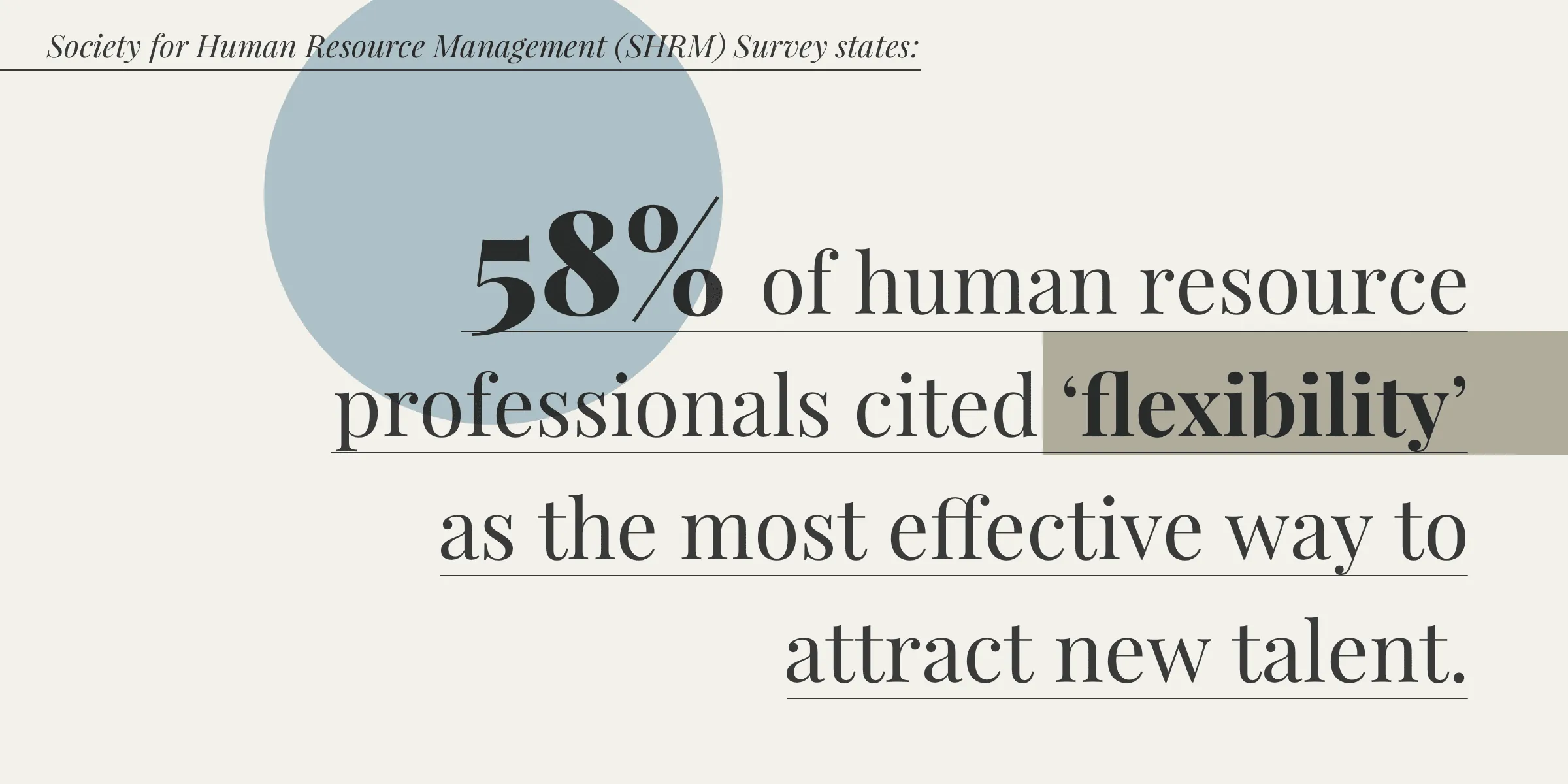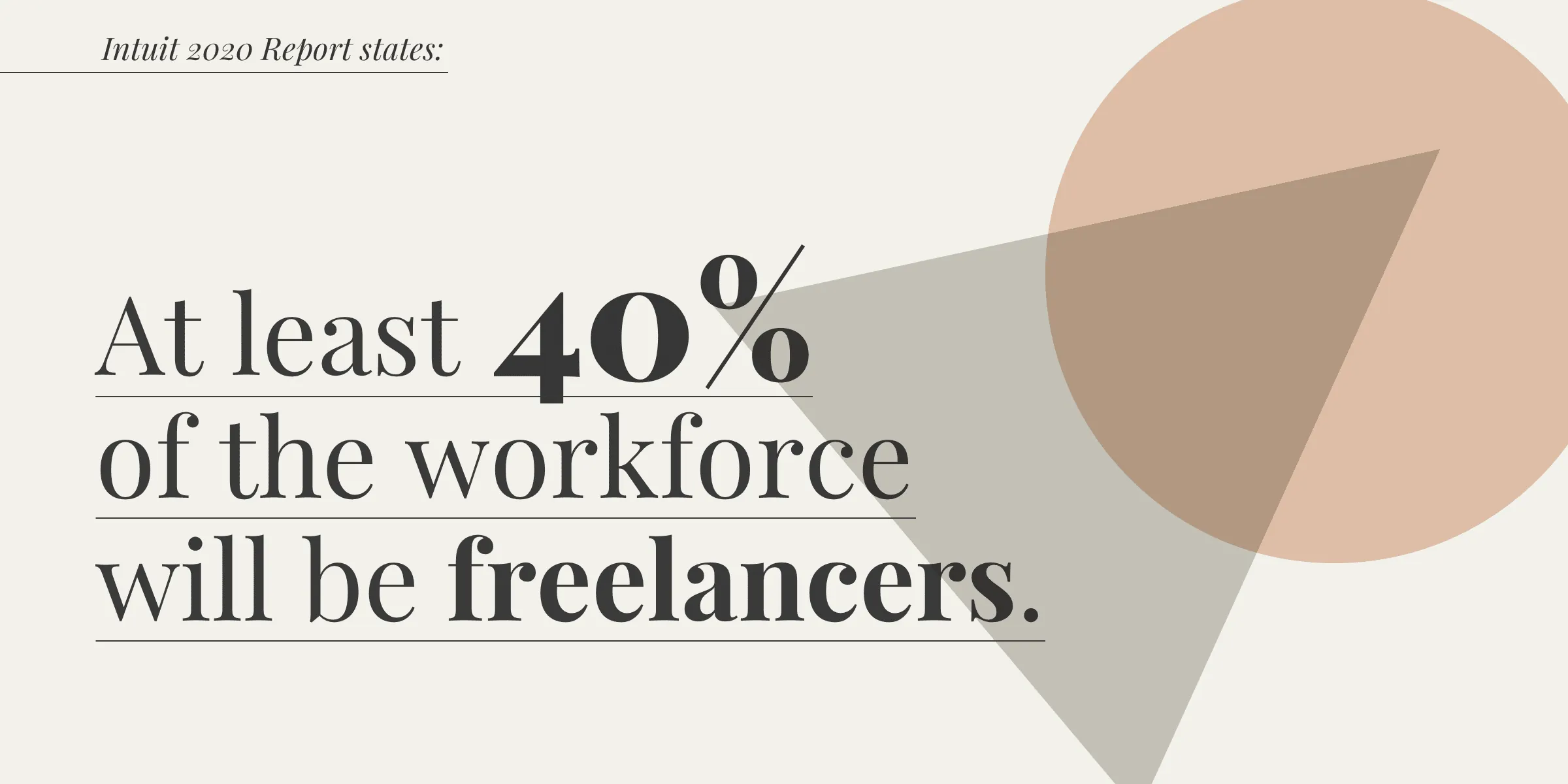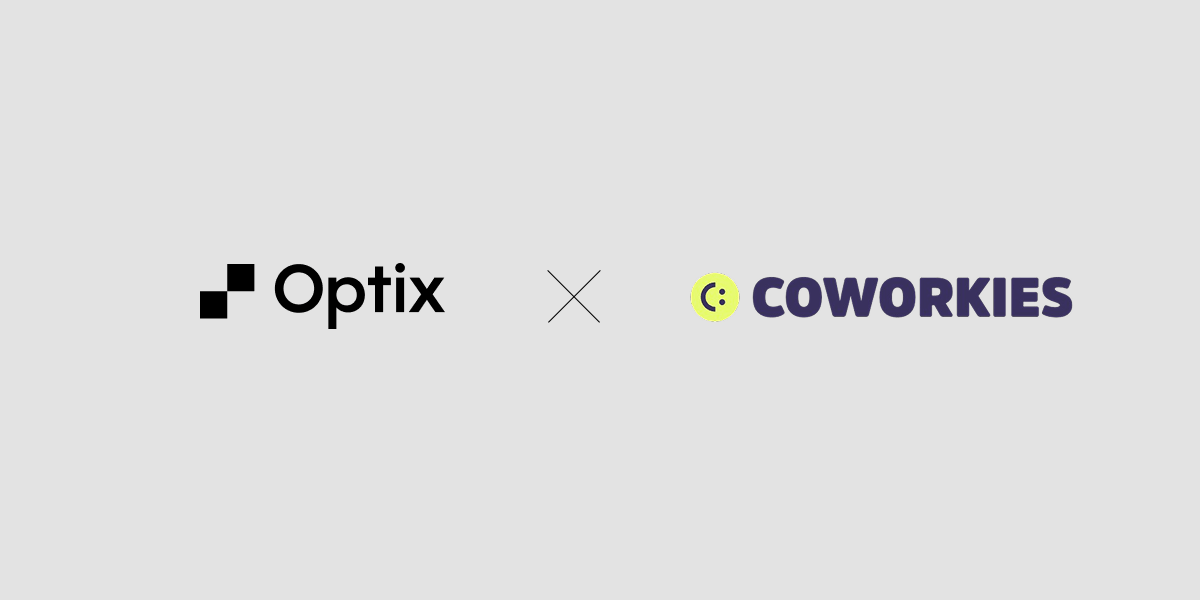
Both the modern worker and the modern workplace have been evolving at a rapid pace. One thing’s for certain – the modern worker’s priorities are evolving towards a more mobile, flexible way of work. From the evolution and hyper-growth of the freelancing movement to an increased prevalence of telecommuting opportunities for the employees of large corporations, it’s clear to see that a more flexible approach to work is fast becoming the norm in the modern world.

The power of the individual
In general, workplace trends either start with the individual and influence the physical spaces and organizations, or begin with a structural change which in turn affects the individual. This shift towards a more mobile, flexible workforce? It’s a clear case of the former.
In fact according to Gallup, more than half of U.S. workers would leave their job for one that offered them flexible work time. A recent survey by the Society for Human Resource Management (SHRM) further supported this idea, finding that 58 percent of human resource professionals cited ‘flexibility’ as the most effective way to attract new talent.

Furthermore, the SHRM also found that companies are actively responding to this and are working harder than ever to cater towards this sector of the job force:
"60% of companies offer their employees telecommuting opportunities. That percentage has literally tripled in the last 20 years."Society for Human Resource Management
The rise of the freelancer
But despite their best efforts, corporations are losing their prospective workers to even more flexible types of work, such as self-employed freelancers. The freelancing movement is on the rise, with Intuit predicting that by 2020, at least 40% of the workforce will be freelancers. And where do these freelancers get their work done? Home offices and flexible work spaces such as coworking spaces.
The tandem rise of the freelancing movement and the coworking movement is no accident. As freelancers continue to flood into the workforce, coworking spaces are being built at an exponential rate to handle the increased need for non-traditional office space. In fact, a survey by coworking magazine DeskMag estimates:
"By the end of 2017, 14,000 coworking spaces will be in operation worldwide, up 40% from last year."DeskMag
It’s clear that individuals drawn to a hyper-flexible style of work can no longer be contained by the rigidity of the corporate world.

Last year, we spoke with Kate Kendall about her views of the future of work. Kate is the founder of popular freelance platform CloudPeeps, a platform designed to power the future of freelancing by connecting freelancers with job opportunities. When we asked Kate about why she founded CloudPeeps, she had this to say:
“I want to empower people to feel like they can get work done in a manner that’s true to them. In terms of full time employment yes there are companies that are more concerned with culture and creating a flexible environment, but a lot of the times trust isn’t the default, they want you to be sitting at the desk appearing to do these things in order for it to be considered work. I don’t think a lot of creative work is produced that way.”Kate Kendall, founder of CloudPeeps
Flexibility means many things. For some, it means telecommuting to improve your work/life balance. For others, it means choosing to work at the time of day when you’ll be the most productive. The definition of “flexibility” as it relates to work is, understandably, difficult to nail down. What’s undeniable is this: the outliers of the working world, those who require the highest degree of flexibility, are in large part responsible for the explosive, tandem growth rates of both the coworking and freelancing movements. And this explosive growth is in turn encouraging the greater working world stand up and take notice.



